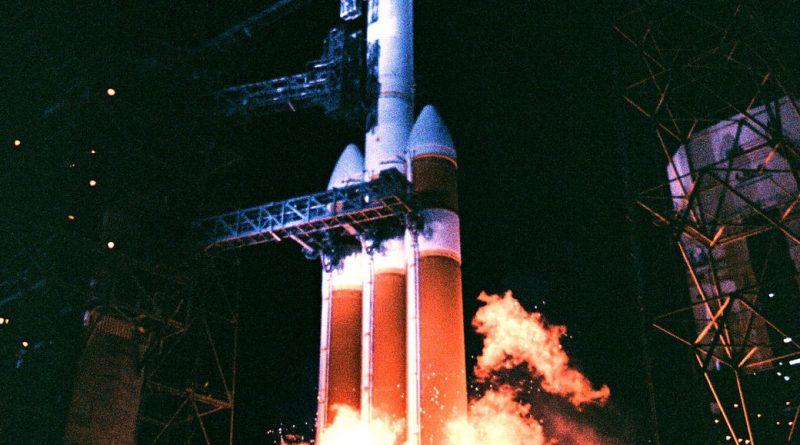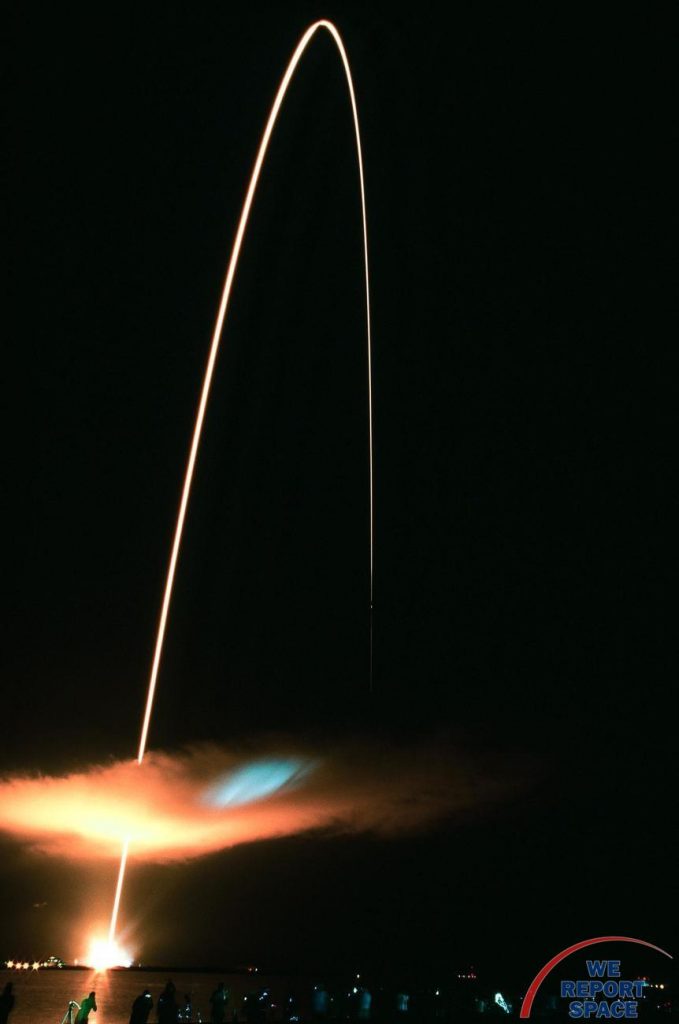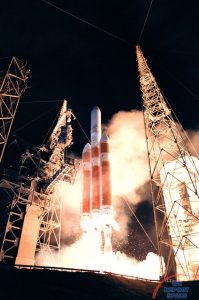Not So Fast: Parker Solar Probe Hasn't Set the Speed Record Yet

CAPE CANAVERAL: There is a lot of buzz around the fact that the Parker Solar Probe will eventually be traveling at 430,000 miles per hour, making it the fastest human-made object. But that speed record won't happen due to the three stages of the mighty Delta IV Heavy. Thomas Zurbuchen, associate administrator of NASA’s Science Mission Directorate explained that most of the spacecraft's speed will be from Solar gravity, with the expected 430,000 miles per hour happening on the spacecraft's closest pass to the sun on December 24, 2024.

On December 24, 2024, the spacecraft passes within 9.86 Solar Radii of the Sun. That will be the first of the close passes by the Sun. The first pass, on November 5 2018 will be 35.7 Solar Radii from the Sun. "I expect the data on our first pass of the Sun will be the first published papers in Science and Nature.” Zurbuchen explained, noting that Science and Nature is the premier journal for scientific discovery. The complete timeline for each of the passes by the Sun is available from JPL.
Currently #10 On All-Time Speed List

As of Noon EDT on August 20, 2018 Parker Solar Probe was 5.5 million miles from Earth, travelling at 39,500 miles per hour. The spacecraft successfully performed a 7-minute trajectory correction maneuver on 6:07 AM August 20, 2018 which sets up the trajectory for a fly-by of Venus on October 3, 2018. The 39,500 MPH speed places Parker Solar Probe at #10 on the all-time speed list, in a virtual tie with Voyager 1's max speed of 39,610 MPH. Parker Solar Probe was launched on August 12, 2018.
According to an infographic from JPL, the fastest man-made objects are:
#1 Juno mission to Jupiter in 2011 165,000 MPH
#2 Helios 2 to study the Sun in 1967 157,000 MPH
#3 Helios 1 to study the Sun in 1974 150,000 MPH
#4 Operation Plumbob man-hole cover in 1957 150,000 MPH
#5 Galileo to study Jupiter in 1989 106,000 MPH
#6 Pioneer 11 to study asteroid belt between Jupiter and Saturn 1973 100,000 MPH
#7 Pioneer 10 to study Jupiter in 1972 82,000 MPH
#8 New Horizons to study Pluto in 2006 57,936 MPH
#9 Voyager 1 to study outer Solar System in 1977 39,610 MPH
#10 Parker Solar Probe to study Solar Corona in 2018 currently 39,500 MPH
You might have heard the urban legend of #4. During a nuclear test at the Nevada Test Site on August 27 1957, a 2,000 pound steel plate cap was blasted off the top of a test shaft at a speed of over 150,000 MPH. Cameras were pointed to capture the speed of the plate, but it appeared in only one frame. The cap was never found. It might have been vaporized by the high speed through the atmosphere.

Stunning, full color photo book covering every east coast launch spanning 2014-2015, including the first-ever powered landing of a SpaceX Falcon 9 rocket.
More Info



